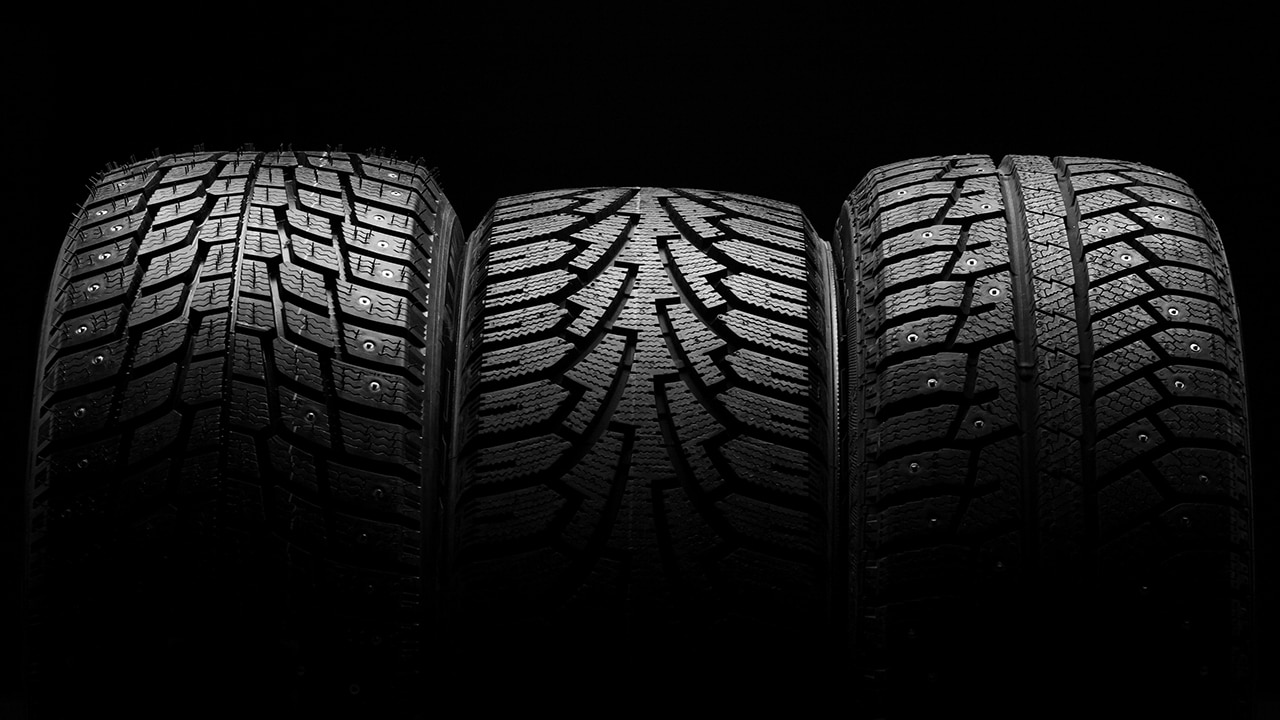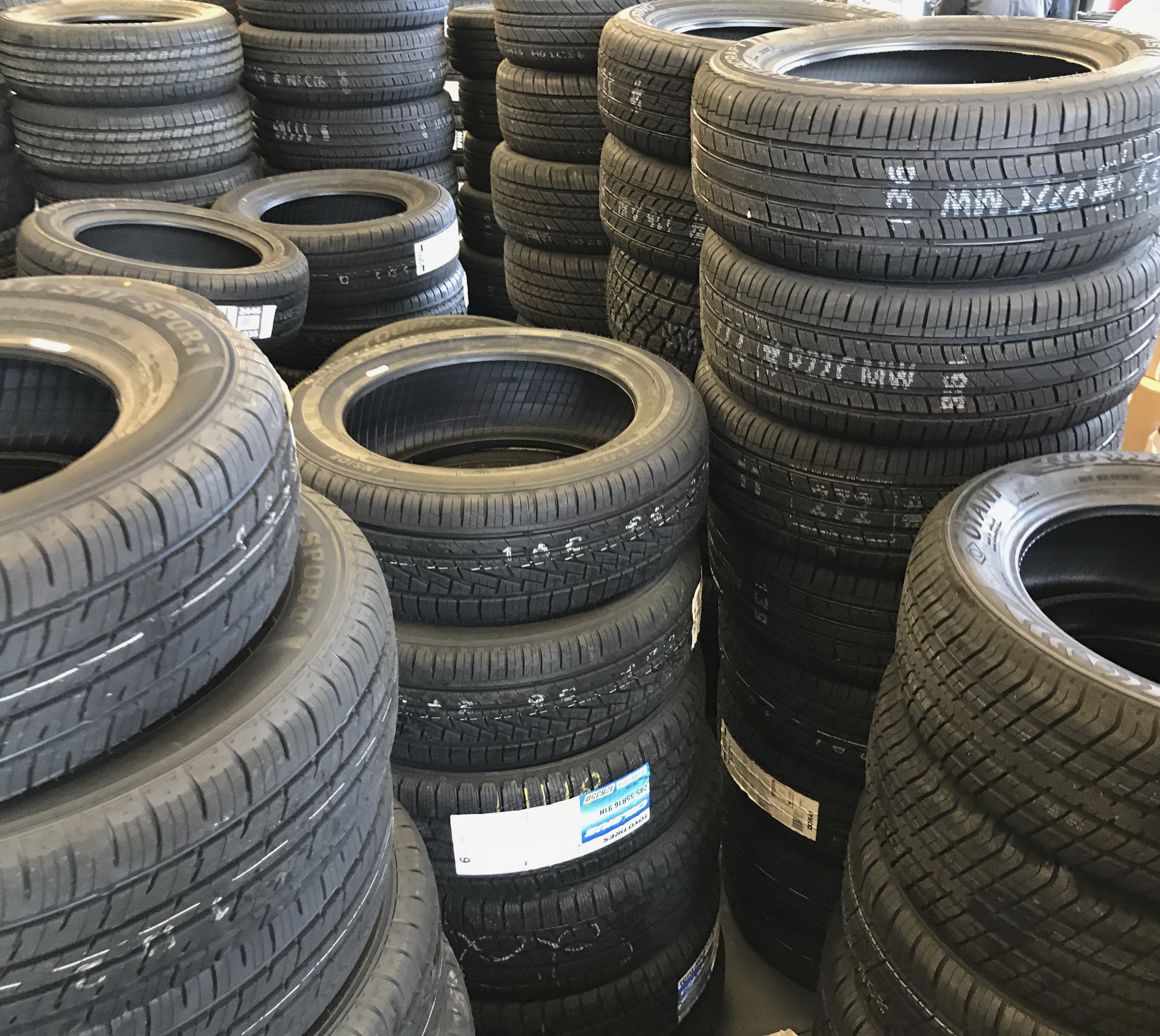All Categories
Featured
Table of Contents
I had the ability to get 100 hours out of one of these tires, and while it had absolutely no tire lugs left on it, the soft compound made it function really wellas long as I was using a soft mousse. Kitt Stringer image Easy mounting - 3Wear - 3Sidewall stamina - 3Performance on roots - 4Performance on damp rocks - 2Traction on dirt - 5Cornering capability - 4Traction while braking - 4Self-clearing of dust and mud - 3Performance in mud - 3Overall predictability or tracking - 3 _ 37 Verdict: This is a great well-rounded tire with great worth for money.

The wear was regular and I such as for how long it lasted and just how consistent the feel was throughout usage. This would additionally be an excellent tire for faster races as the lug size and spacing little bit in well on quick terrain. Kitt Stringer photo Easy placing - 3Wear - 3Sidewall toughness - 3Performance on origins - 4Performance on wet rocks - 4Traction on dust - 4Cornering ability - 4Traction while stopping - 5Self-clearing of dirt and mud - 4Performance in mud - 4Overall predictability or monitoring - 4_42 Conclusion: I liked this tire a great deal.
If I had to get a tire for hard enduro, this would be in my top option. Easy installing - 3Wear - 3Sidewall toughness - 3Performance on origins - 4Performance on wet rocks - 3Traction on dirt - 4Cornering capacity - 3Traction while stopping - 3Self-clearing of dirt and mud - 4Performance in mud - 4Overall predictability or tracking - 3 _ 34 Verdict: This tire was really soft and flexible.
All the gummy tires I tested done fairly close for the very first 10 hours approximately, with the victors going to the softer tires that had better grip on rocks (Tyre repair). Investing in a gummy tire will absolutely offer you a strong advantage over a routine soft substance tire, yet you do pay for that advantage with quicker wear
Trusted Cheap Tyres
This is an optimal tire for spring and fall problems where the dust is soft with some dampness still in it. These proven race tires are great all around, yet wear rapidly.
My overall champion for a tough enduro tire. If I had to invest money on a tire for everyday training and riding, I would select this set.
Top Tyres
I've been running a collection of Michelin Power Pilot 2CT's on my track Daytona 675 for the past year. In that time I have done 15 track days in all weathers from cool damp to extremely hot and these tyres have actually never ever missed out on a beat. Tyre shop. I have actually done virtually 2,000 miles (3,200 kilometres) on them and as you can see from this shot of the front taken after initial session of my 15th track day on them, they still have fairly a great deal of rubber left on them
In other words the 2CT is an incredible track day tyre. If you're the sort of cyclist that is likely to experience both damp and completely dry conditions and is beginning on course days as I was in 2014, after that I think you'll be hard pushed to locate a better value for money and qualified tyre than the 2CT; a pair of which will certainly establish you back around 185 (US$ 300) in the UK.
Generating a far better all rounded road/track tyre than the 2CT need to have been a tough task for Michelin. The result of that initiative is the Michelin Pilot Power 3 which essentially replaces the Pure. Don't confuse this new tire with the roadway going Pilot Roadway 3 which is not created for track usage (although some bikers do).
They influence big confidence and supply outstanding hold degrees in either the wet or the dry. When the Pilot Power 3 launched, Michelin recommended it as a 50:50% roadway: track tire. That message has just recently changed due to the fact that the tires are currently recommended as 85:15% roadway: track use instead. All the cyclist reports that I have actually checked out for the tyre rate it as a better tyre than the 2CT in all locations but especially in the wet.
Top Tyre Safety Checks (Ballajura WA)
Technically there are quite a couple of distinctions between the two tires although both use a twin substance. Visually you can see that the 2CT has less grooves cut right into the tyre but that the grooves run to the edge of the tire. The Pilot Power 3 has more grooves for better water dispersal but these grooves do not reach the shoulder of the tyre.
One aspect of the Pilot Power 3 which is various to the 2CT is the new 2CT+ innovation which prolongs the harder middle section under the softer shoulders (on the rear tyre). This need to give much more stability and reduce any type of "squirm" when increasing out of corners despite the lighter weight and more adaptable nature of this brand-new tire.

I was a little dubious concerning these lower stress, it turned out that they were fine and the tyres done actually well on track, and the rubber looked much better for it at the end of the day. Equally as a point of referral, various other (quick group) motorcyclists running Metzeler Racetecs were utilizing tyre stress around 22-24 psi for the rear and 24-27 psi on the front.
Creating a far better all round road/track tyre than the 2CT must have been a hard task for Michelin. The outcome of that initiative is the Michelin Pilot Power 3 which essentially replaces the Pure. Don't perplex this brand-new tire with the roadway going Pilot Roadway 3 which is not designed for track use (although some riders do).
Affordable Tyres Near Me – Ballajura
When the Pilot Power 3 launched, Michelin recommended it as a 50:50% roadway: track tyre. All the cyclist reports that I have actually reviewed for the tyre rate it as a far better tire than the 2CT in all locations however particularly in the damp.

Technically there are plenty of distinctions between both tires even though both use a twin substance. Visually you can see that the 2CT has fewer grooves reduced right into the tire yet that the grooves run to the edge of the tire. The Pilot Power 3 has more grooves for far better water dispersal but these grooves don't get to the shoulder of the tire.
One aspect of the Pilot Power 3 which is different to the 2CT is the new 2CT+ innovation which expands the harder center area under the softer shoulders (on the back tire). This need to give much more stability and lower any kind of "wriggle" when increasing out of corners regardless of the lighter weight and more versatile nature of this new tire.
Although I was slightly dubious about these lower stress, it ended up that they were fine and the tyres done actually well on course, and the rubber looked better for it at the end of the day. Equally as a factor of reference, various other (quick group) motorcyclists running Metzeler Racetecs were utilizing tyre pressures around 22-24 psi for the rear and 24-27 psi on the front
Latest Posts
Top Tyre Performance Near Me – Nollamara
Tyre Maintenance – Bayswater
Vehicle Alignment Near Me (Girrawheen)